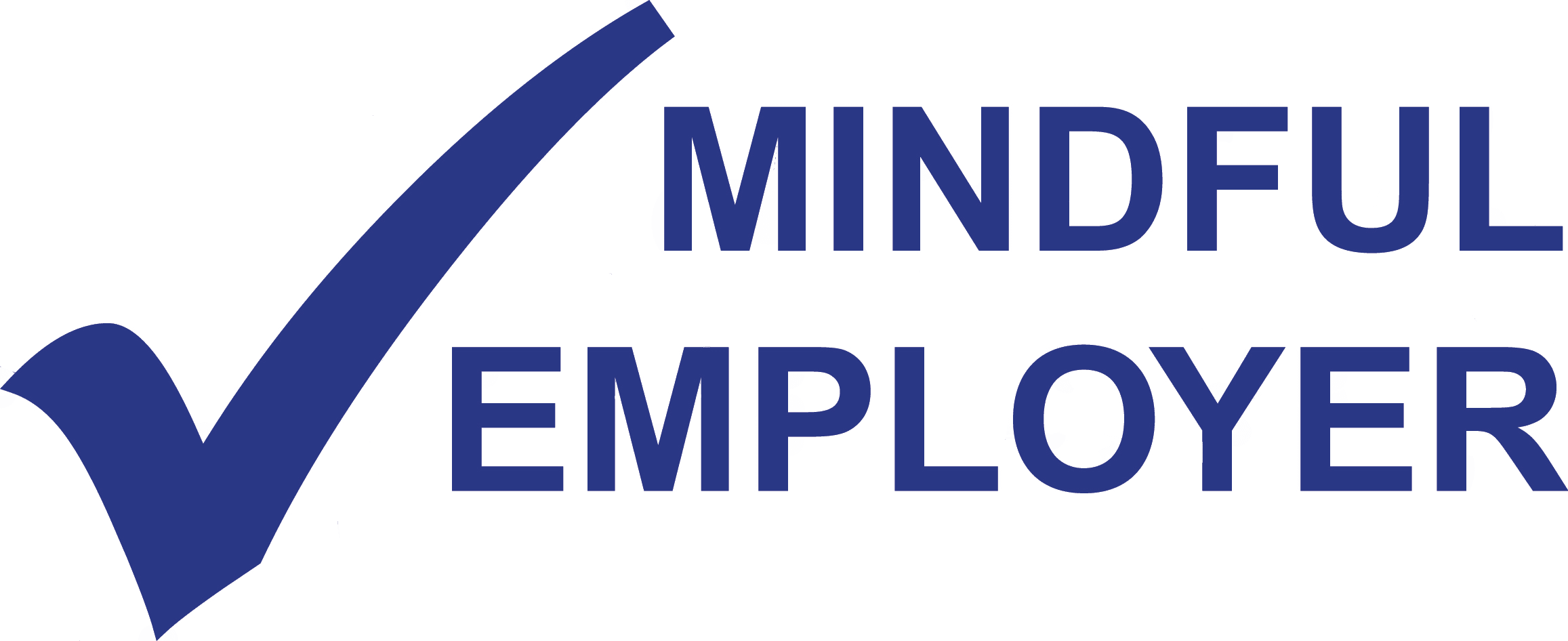Hand Arm Vibration Syndrome (HAVS) is preventable, but once the damage is done it is permanent. The control of vibration regulations (2005) came into force on 6th July 2005 with the aim to protect workers from the risks of vibration. Yet there are still employers who are taking risks and not managing it properly.
There have been some recent high-profile prosecutions of companies and organisations including Directors receiving custodial sentences. The Health & Safety Executive (HSE) provides good guidance on what your responsibilities are as an employer, but it can be difficult to navigate your way through the guidance and apply it to your business.
We are now offering a course on how to avoid prosecution with HAVS. This course is for any employer whose staff use vibrating tools as part of their work. This course will help you understand what you need to do to be compliant and improve your working practice to avoid prosecution by the HSE.
Taught in small groups with plenty of time for questions and case studies so you can be confident of going back to your workplace with a practical action plan.
We have Dr Roger Cooke working with us at Occupational Health Consultancy who is a leading expert in the field of HAVS, he is a Fellow of the Faculty of Occupational Medicine and holds a certificate in Occupational Health law. He has a particular interest in Hand Arm Vibration Syndrome (HAVS), writing on the subject regularly in medical journals. He is an honorary senior lecturer at Birmingham’s Institute of Occupational and Environmental Medicine where he teaches on hand-arm vibration to other doctors and allied medical professionals. Dr Cooke is also Chief Examiner for the Faculty of Occupational Medicine for HAVS.
Please see our website to book your place.
As Occupational Health providers, we help ensure that you and your employees are compliant with our health surveillance and safety critical medicals.
Call us today and take the first step to a safer work environment.




